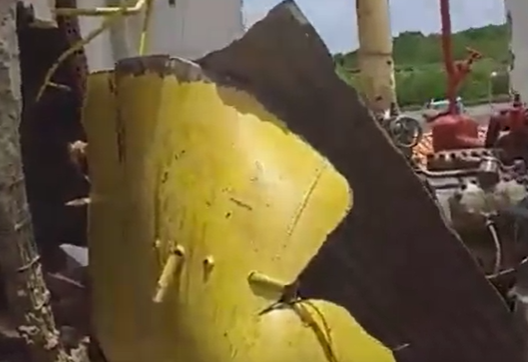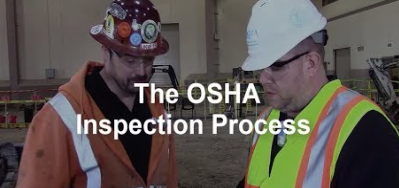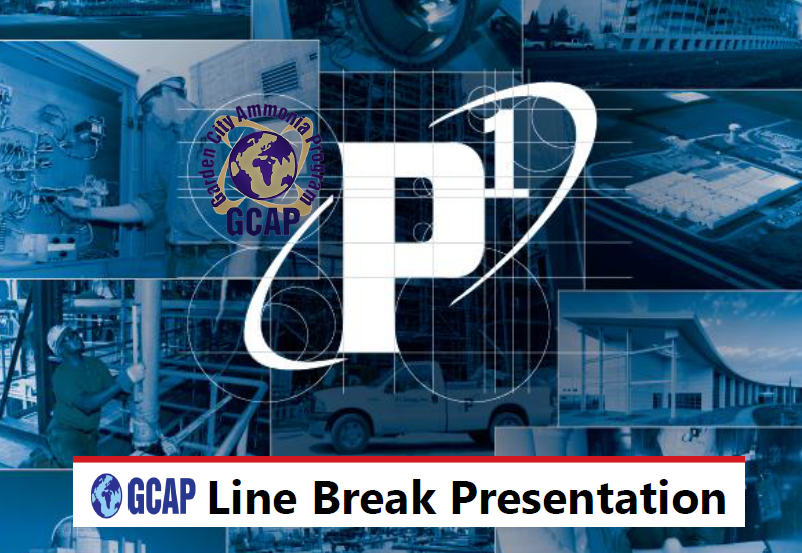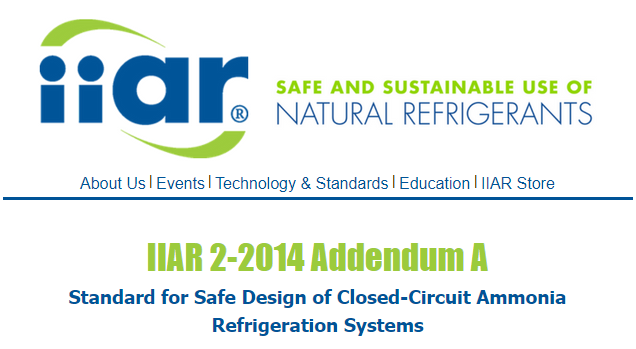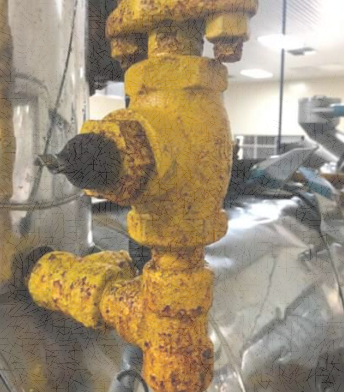Split TXV
Technical Safety BC released an investigation of a split thermostatic expansion valve. As a result of scheduled maintenance on a liquid ammonia line, ammonia was trapped within an isolated piping line on the downstream side on the thermal expansion valve under Read more



